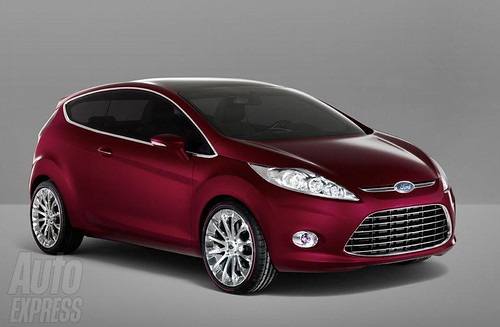Convenience is King – You can take the train to work, but your office is still a mile away from the station. Might as well drive, right? How we can solve the last-mile problem?
(Source: Good Magazine)

But what if most mass transit is doomed to fail? It isn’t the mere lack of trains and subways that keep people in their cars. It’s what urban planners call the first- and last-mile problem. You know it, intuitively. Let’s say you’d like to commute on public transit. But if you live in a suburb—and ever since 2000, over half of Americans do—it’s unlikely that you live close enough to a station to walk. The same problem arises once you get to your destination: You probably don’t work anywhere near the closest bus or train station. So even if public transit is available, commuters often stay in their cars because the alternative—the hassle of driving, then riding, then getting to your final destination—is inconvenient, if not totally impossible. “Denser areas don’t have these same problems,” says Susan Shaheen, who heads the Innovative Mobility Research group at the University of California, Berkeley. “The problem is really about land use in the United States.”
It sounds nearly impossible to fix: Our suburbs won’t soon disappear, even if some are withering in the present housing decline. But here’s the good news: For the first time in three decades, solving the last-mile problem seems just within reach, owing to vehicle fleets and ingenious ride-sharing schemes that lean on mobile computing, social networks, and smart urban planning. “To make public transit viable, you have it make it just as easy as getting in a car,” says Shaheen. “It can be done.”
The challenge, according to Dan Sturges, the founder of Intrago Mobility, which creates vehicle-sharing technology, is that “no one’s yet putting these innovations together as a system, and the public doesn’t understand the broader problem. But if implemented all together, the things being invented now will make owning a personal car into a joke.” The enemy is really the car’s unequaled convenience; commuters need multiple, equally easy choices before they’ll give up the steering wheel. Several such choices are in the works.
“Right-Size” Fleets
Zipcar—which is now being copied by Hertz and U-Haul—is a godsend for city dwellers who only occasionally need a car. But it can also be used to solve the last-mile problem, when linked with public transit. “We’re at the tip of the iceberg with those systems,” says Sturges. However, for many commutes, a car is overkill. What if the closest bus is just a mile and a half away? A “right-sized” vehicle, suited to your particular last-leg commuting need, is ideal. These might be anything from a Segway (dorky as it may be) to an electric bike or a high-powered electric golf cart. But the vehicles themselves aren’t the solution, since commutes can change every day (say you’re visiting a client one day, and eating lunch at your desk the next).
Click here to read the entire article.









